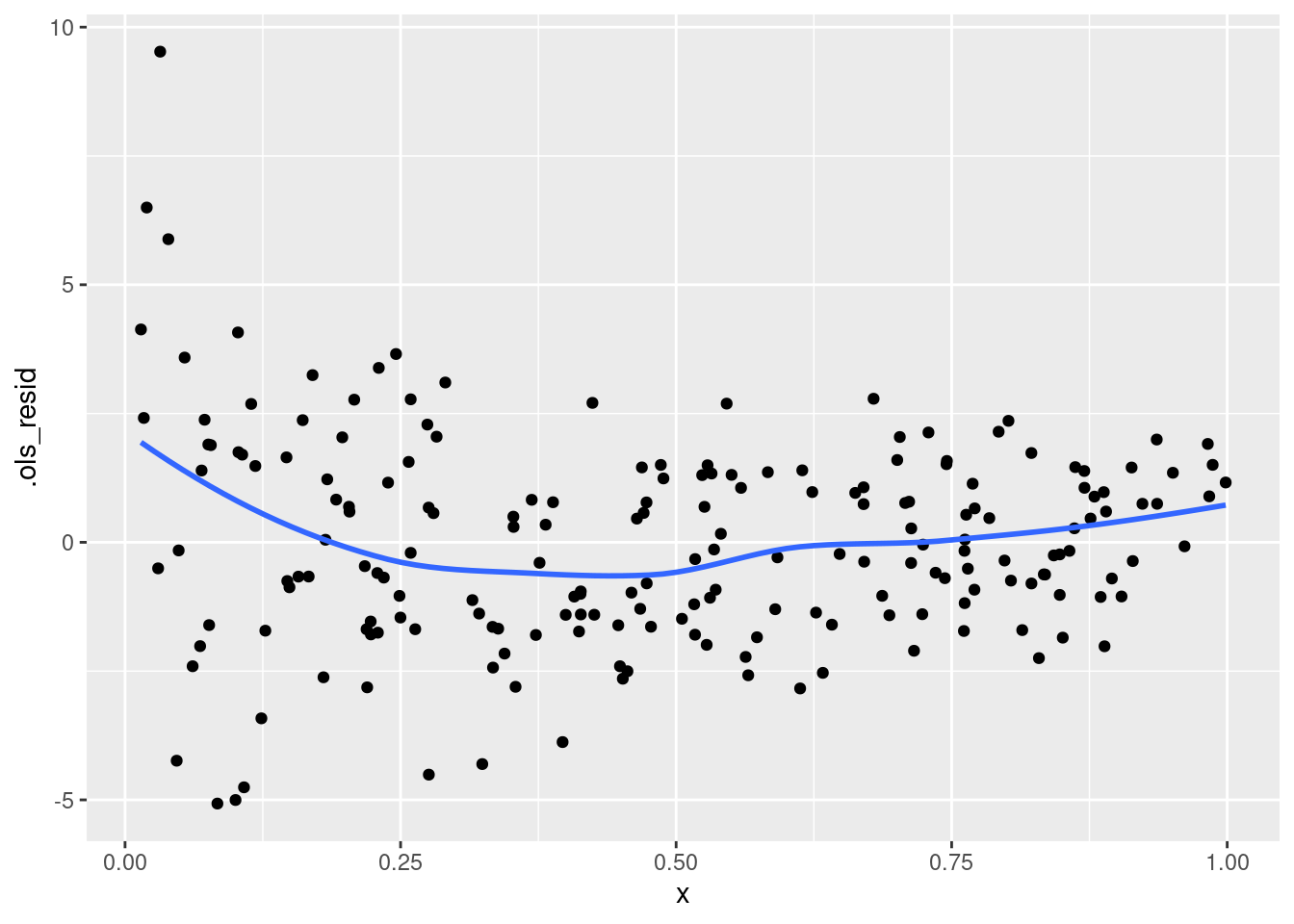Week 6: Diagnostics
Model Diagnostics and Results Reporting
Week Learning Objectives
By the end of this module, you will be able to
- Describe the major assumptions in basic multilevel models
- Conduct analyses to decide whether cluster means and random slopes should be included
- Use graphical tools to diagnose assumptions of linearity, homoscedasticity (equal variance), and normality
- Solve some basic convergence issues
- Report results of a multilevel analysis based on established guidelines
Task List
- Review the resources (lecture videos and slides)
- Complete the assigned readings
- Snijders & Bosker ch 10
- Meteyard & Davies (2020; to be shared on Slack)
- McCoach (2019 chapter) (USC SSO required)
- Attend the Tuesday session to learn some R skills and review last week’s exercise
- Attend the Thursday session and participate in the class exercise
- Complete Homework 5
Lecture
Slides
Note:
The linear model is also flexible as it can allow predictors that are curvillinear terms, such as
The second functional form in the slide, however, is a truly nonlinear function.
